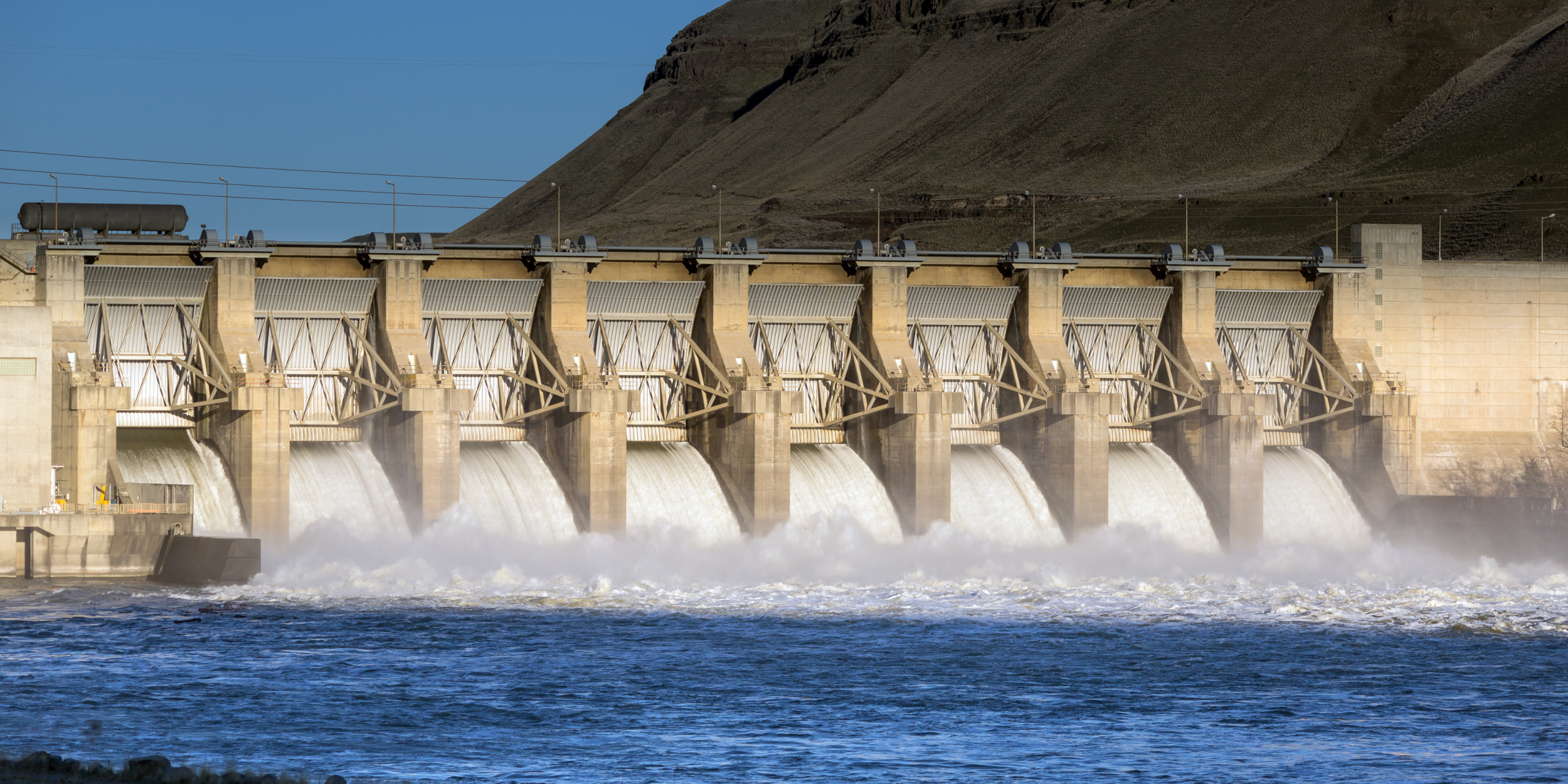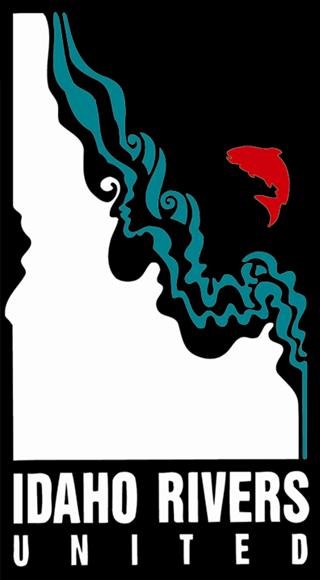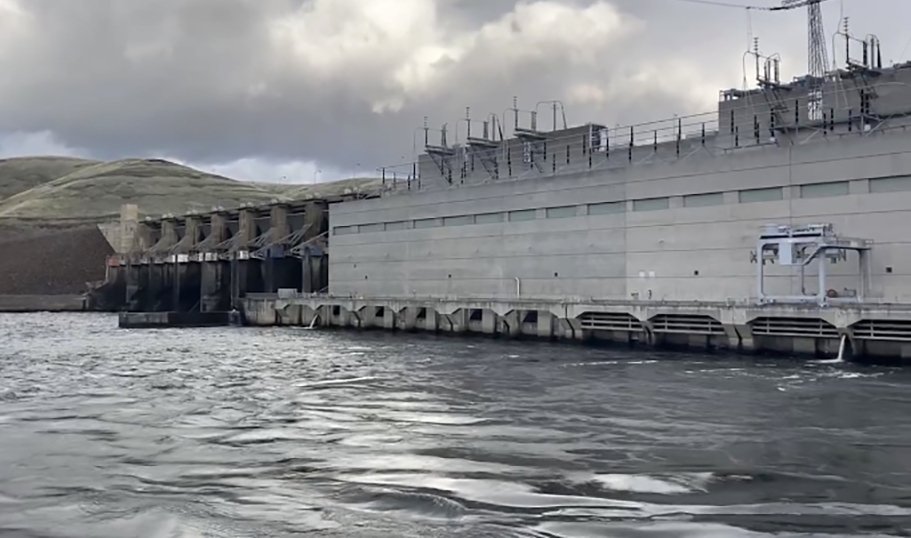
Hydropower Reform
Reforming hydropower policy is critical to the future of our rivers, economies, ecosystems, and environmental futures. IRU is proud to be a lead organization on the steering committee of the Hydropower Reform Coalition.
HYDRO POWER IN THE NEWS:
TELL THE DAM TRUTH: New Report Finds Lower Snake River Dams Create Methane Emissions, Not Clean Energy
FULL REPORT: Estimate of Greenhouse Gas Emissions for the Lower Snake River Dams and Reservoirs using the All-Res Modeling Tool
What’s the issue with hydropower?
According to our partners at the Hydropower Reform Coalition:
Hydropower dam operations are responsible for the extinction and near-extinctionof a number of species, and are a major contributor to the significant loss of aquatic biodiversity.
Hydropower plants often divert water around entire sections of river, leaving them dry, or worse, constantly alternating between unnatural drought and flood-like conditions.
Hydropower dams have flooded forests (causing the irretrievable loss of carbon sinks), damaged entire fisheries, and diminished recreational opportunities, and decimated the local – mostly rural – economies that depend on those resources.
Many of America’s hydropower dams were built in the early part of the 20th century, using 19th century technology. Many of these dams have never had to live up to modern environmental standards.
Check out this interactive map of hydropower projects in North America here
Idaho Rivers United plays a central role in the Hydropower Reform Coalition, an organization that protects, enhances, and restores America’s rivers, watersheds, and communities affected by hydropower operations. The Coalition is comprised of 160 conservation organizations throughout the United States, and engages in policy, standards, licensing, and projects surrounding hydropower issues.
Hydropower in Idaho
IRU’s top priority for our Hydropower Reform campaign is educating the public, as well as elected officials, on the greenhouse gas emissions resulting from hydropower projects. We are currently developing a tool-kit for our members and partners to use to help them utilize both the G-Res tool and All-Res tools that help quantify and account greenhouse gas (GHG) emissions on a project level, for use in FERC commenting.
As a founding member and leadership team member of the national Hydropower Reform Coalition, we are focused on outreach to Congressional members and are working toward a FERC requirement of analyzing and accounting for GHG emissions during the FERC licensing/relicensing process. Additionally, we are working with Congress to help streamline and fast track the pathway to decommission hydropower projects. As a founding member and current leadership team member of the Hydropower Reform Coalition, we work closely with our partners at American Rivers, American Whitewater, Trout Unlimited, and the Alabama Rivers Alliance.
Hydropower is often touted as ‘green energy,’ but it has an undeniable impact on our water quality and wild fish populations. From raising water temperatures and oil pollution, to sediment issues and alterations of natural river flows, hydropower plants have significantly damaged our river ecosystems and impacted water quality across our state.
With over 140 hydroelectric plants within Idaho, hydropower has a tremendous impact on our rivers and ecosystems. Idaho Rivers United is committed to improving water quality and operation standards in hydropower, minimizing its negative impacts on our river systems, and working to reform outdated hydropower policy and practices.
Understanding Greenhouse Gas Emissions & Climate Change Impacts
The major differences between a free flowing river and a dammed river when discussing GHG emissions:
free flowing rivers create nitrogen, H2O and CO2
does not retain a concentrate of pollutants that a stagnant reservoir contains
The four main ways GHG are emitted from hydropower:
decomposition - inundated organic matter is broken down, altering ecosystem processes.
ebullition - release of methane through bubbling of organic material/sediments on the reservoir floor.
diffusion - GHG concentrations in a reservoir surpass surrounding air, and then are released into the atmosphere (see diagram below).
degassing - this phenomenon occurs when the water that feeds the turbines of a dam is drawn from the deep layers of the reservoir, where methane concentration is very high. Once the water passes through and is released downstream, the methane is released into the atmosphere.











